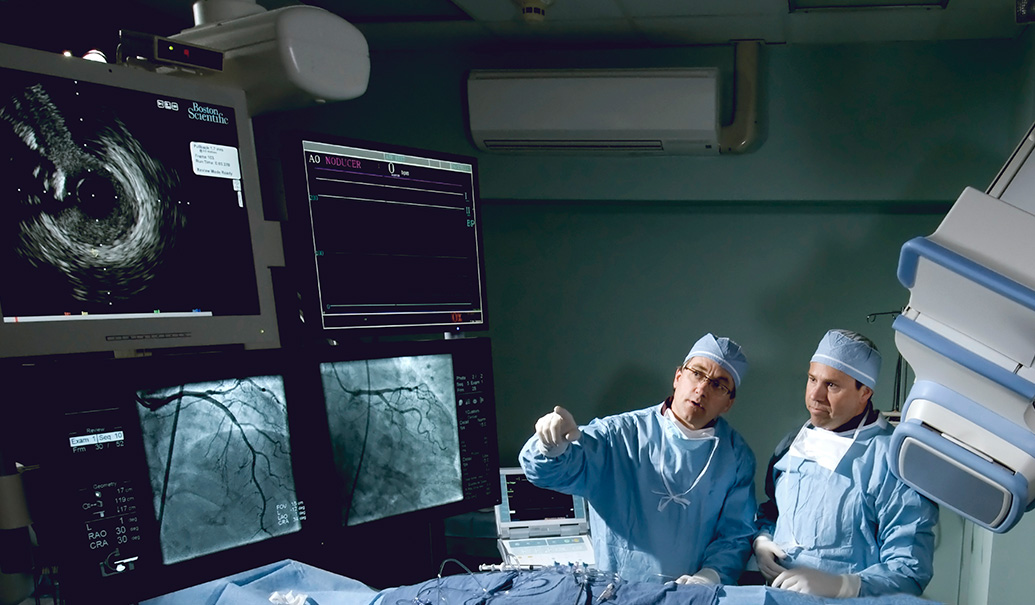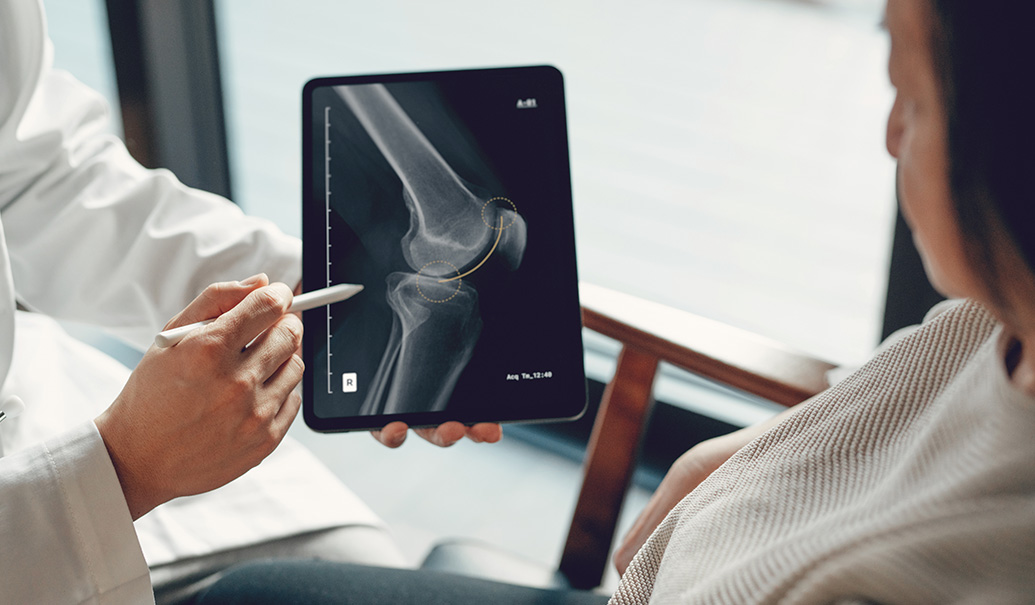This article was originally published on the MedTech Conference blog.
For all of the effort on surgical robotics platforms—acquisitions, launch investments, org design, go-to-market and value proposition—you could easily conclude the competition is an engineering race about the technical specifications for the best robot. But stepping back from the race and the hype that surrounds it, I’ve recently realized just how little the coming revolution in surgery and patient care has to do with robots. The robot is only a small part of a much larger concept of digital surgery. The sooner we can think past the robot, the sooner the true nature of the promise, as well as the competitive stakes, of digital surgery will come into focus.
Last week I facilitated an expert panel at Advamed’s annual conference with Andrew Ekdahl of Johnson & Johnson, Liane Teplitsky of Zimmer Biomet and Todd Usen of ActivSurgical. The topic was robotics with the eye-catching name of “The Robots Are Still Coming: Why Robotic Assisted Surgery Is Critical Despite Covid Uncertainty.” While the panel discussed surgical robots and each company’s robotics program, it was really only in passing. What became clear early on is that a physical robot is only a small part of the concept of digital surgery which will revolutionize patient surgical care.
The transformative promise of digital surgery is in bringing together the data that’s captured before, during and after the procedure. There’s no shortage of data with current surgical approaches. Before the procedure, data about physiology can be captured to allow for precise surgical planning. Surgeons have always been able to use many modalities of imaging to take pictures and map the physiology of a patient to more precisely plan for a procedure. During a procedure, surgeons also use imaging to navigate, characterize and guide their surgical work perioperatively. Procedures might even be captured for learning purposes to display and improve surgical technique. After the procedure, outcomes can be tracked in terms of activity and infections.
What’s unique about digital surgery is that it brings together all of these ways of characterizing the patient, the procedure and the outcome into a complete picture. Instead of having images, tools and data that help in steps, digital surgery is an ecosystem that helps make decisions in the moment and then learns over time. This removes variability, reduces judgment calls, drives efficiency and eventually can improve surgical technique by removing the haze that surrounds judgment.
Digital surgery allows us to tie careful characterization of a patient and documentation of the surgical approach to the eventual outcomes. It has the potential to democratize surgical technique and learning. It can illuminate new information and insights about the patient to inform critical decisions made during the procedure. It can improve outcomes by showing surgeons the consequences and results of their choices made during the procedure. And eventually, digital surgery can streamline and drive efficiencies in the procedure, the prep and the recovery to allow even more patients to be treated.
You’ll notice in the previous paragraphs on the benefits of digital surgery, I made no additional mention of the robot. Robotics are just one part of the overall digital surgery platform. When viewed in this light, robots are necessary but by no means sufficient to have a true digital surgery approach. The value of digital surgery goes well beyond the high-profile capital product. But thinking about digital surgery in a broader way beyond the binary world of “yes we have a robot” versus “no we do not” starts to introduce more complex and important business problems.
When we use words like “ecosystem,” “platform,” “scale” and “network effects,” the language becomes evocative of big tech and Silicon Valley IPO-speak. As much as these overused concepts get a blank stare in our medtech world of pragmatism, applying what we might otherwise consider academic business concepts, below, is critical to succeeding in the space.
- Platform or product. Seeing robotics as a product to sell (which is the traditional approach of medtech) ensures that a familiar business model prevails. But it also likely invites narrow and insular thinking. If all design choices are made with the sole purpose of moving more physical product, many additional opportunities for revenue and new business models are foregone. A narrow focus, for example, is what eventually sunk the innovative product from Proteus that failed to get outside a single application, and that narrow focus constrains product-oriented companies to get into service and subscription business models. But this also means if the strategy is to focus on data or interconnected solutions, critical issues now are how to access data, permissions and privacy—a completely different set of issues.
- Closed or open. A closed system can force the “razor/razorblade” approach to funding capital with a consumables revenue stream. But a closed approach also runs the risk of being only as strong as its weakest component. When an ecosystem is kept closed, it means that a company reaps all the benefits, but it also means that company needs to anticipate all of the needs of customers and meet them all themselves, or risk disruption. An open system cultivates partnerships, but means that the benefits may not all accrue to the company. An easy parallel here is how Medtronic originally approached diabetes management by keeping a proprietary link between their insulin pumps and CGM. As competitors shared data and opened the system, Medtronic has had to scramble to retain dominance.
- Lease or buy. In a robotics or product-centric view, the capital cost of a robot and how much revenue comes from it is an important accounting fact to report to Wall Street. However, when there are benefits that come from scale and network effects, rapidly establishing uptake and user base is more important than merely showing revenue. For a while, the path robotics would take was uncertain. However, orthopedics has shown a willingness to sacrifice initial revenue to drive for install base. We learned a lot when the pandemic made raising the capital for a robot nearly impossible and yet robot placements in orthopedics accelerated dramatically. I wrote about this “medtech mulligan” before. At least in the orthopedics discipline, a sudden pivot to different ways of providing the solution (monthly fees, subscription and risk-based payments) means that placements are winning on pure incremental sales revenue.
- Organizational design. In addition to some critical strategic decisions that are implied by thinking about digital surgery instead of narrowly considering robotics, there are also important decisions to take around the design or the organization that serves this business. For example, in a product-centric world, changes to the product are infrequent and highly consequential. In the digital world, upgrades are ubiquitous and constant. The traditional separation, for example, between upstream and downstream marketing is no longer appropriate. Another example is a chief analytics officer or chief data officer. These are typical roles in big tech that aren’t all that common in traditional medtech.
While these examples can only begin to scratch the surface, it’s important to think beyond the robot to truly realize the benefits of digital surgery.















